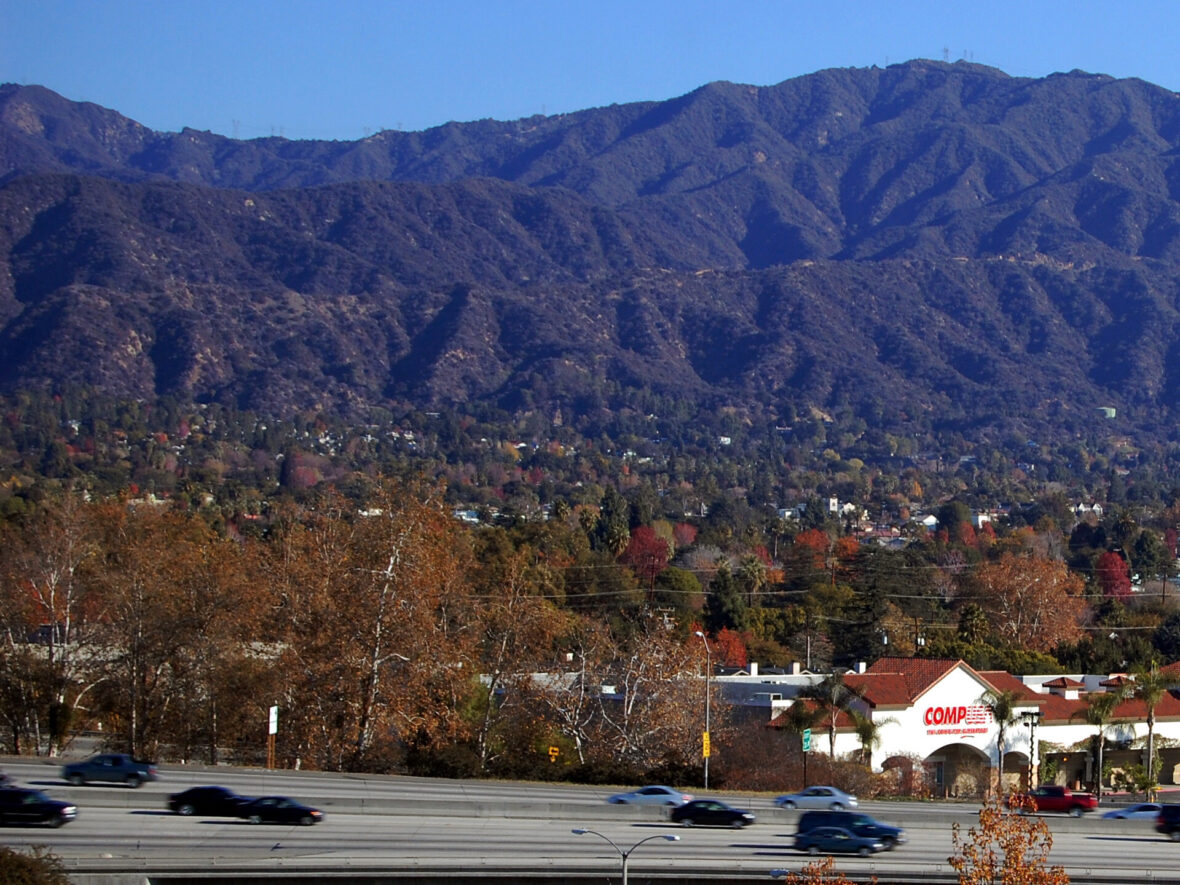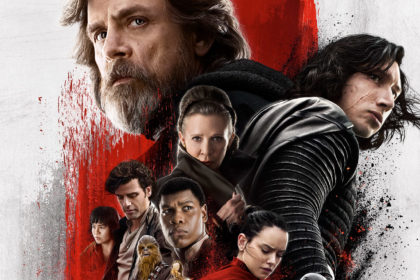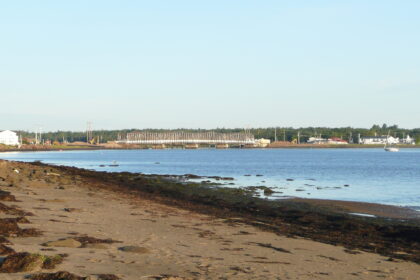Monrovia is a city located in the foothills of the San Gabriel Mountains in the San Gabriel Valley of Los Angeles County, California, United States. Take a look below for 15 fascinating and fun facts about Monrovia, California, United States.
1. The population was 37,931 at the 2020 census.
2. Monrovia has been used for filming TV shows, movies and commercials.
3. Monrovia is the fourth-oldest general-law city in Los Angeles County and the L.A. Basin (after Los Angeles, Santa Monica, and Pasadena, all now charter cities).
4. Incorporated in 1887, Monrovia has grown from a sparse community of orange ranches to a residential community of over 37,000.
5. Around 500 BC, a band of Shoshonean-speaking Indians named the Tongva established settlements in what is now the San Gabriel Valley.
6. They were called the Gabrieliño Indians by early Spanish missionaries, a tribe of Mission Indians. The Tongva were not farmers; they gathered wild seeds, berries, and plants along rivers and in marshlands. Abundant oaks in the Valley, such as Coast Live Oak and Interior Live Oak provided a staple of the Tongva diet: acorn mush made of boiled acorn flour.
7. In 1769, the Portolà expedition was the first recorded Spanish (or any European) land entry and exploration of present-day California, then the Spanish colonial Las Californias Province of the Viceroyalty of New Spain (colonial México). It had been claimed from sea by Juan Rodríguez Cabrillo in 1542 for the King of Spain, Europeans first visited the San Gabriel Valley, including Monrovia.
8. The expedition, led by Gaspar de Portolà, proceeded north from San Diego, passing through the area en route to Monterey Bay. Accompanying Portolà was Franciscan padre Juan Crespí, famed diarist of the expedition. Much of what is known of early California is from Crespi’s detailed descriptions.
9. In 1771, the Franciscans established the Mission San Gabriel Arcangel in the San Gabriel Valley. The mission continued after Mexican independence in 1822. In 1833, the Mexican Congress initiated secularization of the missions in Alta California, to begin seizure of mission properties for sale to private rancho grantees.
10. In 1841, Alta California Governor Juan Alvarado issued Mexican land grants for Rancho Azusa de Duarte to Andres Duarte, a Mexican soldier; and for Rancho Santa Anita to Hugo Reid, a naturalized Mexican citizen of Scottish birth. Monrovia is made of parts of these two ranchos.
11. In the mid-19th century, most of Rancho Azusa de Duarte was subdivided and sold by Duarte to settle his debts. Some of those parcels became part of the ranch of William N. Monroe, Monrovia’s eponym.
12. Rancho Santa Anita changed hands several times before the multimillionaire, silver baron and rancher, E.J. “Lucky” Baldwin acquired it in 1875. That same year his Los Angeles Investment Company began subdividing and selling parcels from many of his ranchos. In 1883, 240 acres (970,000 m2) of Rancho Santa Anita were sold to Monroe for $30,000. Additional parcels of Rancho Santa Anita were sold to Edward F. Spence, John D. Bicknell, James F. Crank, and J.F. Falvey.
13. The completion of the Los Angeles and San Gabriel Valley Railroad in 1887, later sold to the Santa Fe, (which would run through Monrovia), and Southern Pacific railroads to Southern California would bring new people looking for homes and investment opportunities. With this in mind, Monroe, Spence, Bicknell, Crank, and Falvey combined their land under the business name of the Monrovia Land and Water Company in 1886, centered at Orange (now Colorado Boulevard) and Myrtle Avenues; the first tract extended from Magnolia Avenue on the west to Charlotte Avenue (Canyon Boulevard) on the east, a half block south of Walnut on the south and a half block north of Lime on the north. The subdivision was subdivided into 600 500-foot (150 m) by 160-foot (49 m) (1.84 acre) lots and sold.
14. The town was incorporated in 1887 under the leadership of prohibitionists who wished to control the arrival of an unwelcome saloon. The first order of business for the newly formed government was to pass a tippler’s law, prohibiting the sale of alcohol.
15. In 1903, the Monrovia News was established. That same year, the Pacific Electric was opened, providing transportation to and from Los Angeles, making it possible for Monrovia homeowners to work in Los Angeles.




